-
 Bitcoin
Bitcoin $117500
2.15% -
 Ethereum
Ethereum $3911
6.19% -
 XRP
XRP $3.316
10.79% -
 Tether USDt
Tether USDt $1.000
0.01% -
 BNB
BNB $787.2
2.24% -
 Solana
Solana $175.2
4.15% -
 USDC
USDC $0.9999
0.00% -
 Dogecoin
Dogecoin $0.2225
8.40% -
 TRON
TRON $0.3383
0.28% -
 Cardano
Cardano $0.7868
6.02% -
 Stellar
Stellar $0.4382
9.34% -
 Hyperliquid
Hyperliquid $40.92
7.56% -
 Sui
Sui $3.764
7.63% -
 Chainlink
Chainlink $18.48
10.66% -
 Bitcoin Cash
Bitcoin Cash $582.1
1.88% -
 Hedera
Hedera $0.2601
6.30% -
 Avalanche
Avalanche $23.33
4.94% -
 Ethena USDe
Ethena USDe $1.001
0.02% -
 Litecoin
Litecoin $122.3
2.04% -
 UNUS SED LEO
UNUS SED LEO $8.969
-0.27% -
 Toncoin
Toncoin $3.339
0.86% -
 Shiba Inu
Shiba Inu $0.00001287
4.30% -
 Uniswap
Uniswap $10.43
7.38% -
 Polkadot
Polkadot $3.861
5.08% -
 Dai
Dai $1.000
0.02% -
 Bitget Token
Bitget Token $4.513
3.41% -
 Monero
Monero $267.7
-6.18% -
 Cronos
Cronos $0.1499
4.14% -
 Pepe
Pepe $0.00001110
5.15% -
 Aave
Aave $284.9
8.28%
What is Ethereum 2.0's Beacon Chain?
The Beacon Chain, a central component of Ethereum 2.0, introduces Proof-of-Stake consensus, transitioning Ethereum from energy-intensive mining to a more sustainable and scalable blockchain ecosystem.
Feb 17, 2025 at 08:12 pm
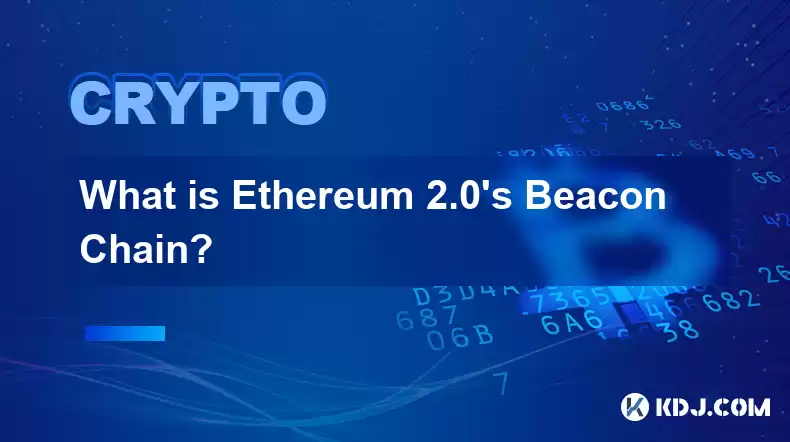
Key Points
- Understanding the Beacon Chain as the Backbone of Ethereum 2.0.
- Exploring the Role of Validators in Maintaining the Network.
- Unveiling the Benefits of Proof-of-Stake for Consensus.
- Analyzing the Staking Process and Rewards.
- Examining the Future Implications of Ethereum 2.0's Beacon Chain.
What is Ethereum 2.0's Beacon Chain?
- The Beacon Chain is the central component of Ethereum 2.0, a major upgrade to the Ethereum blockchain. It serves as a coordination layer that introduces Proof-of-Stake (PoS) consensus, significantly enhancing the platform's scalability, security, and energy efficiency.
- The Beacon Chain operates independently from the existing Ethereum 1.0 chain but will merge with it in the future, creating a hybrid system that combines the best features of both networks.
- Its primary role is to coordinate the network of validators, maintain a global consensus on the blockchain's state, and manage the issuance and distribution of new ETH.
The Role of Validators in Maintaining the Network
- Validators are the lifeblood of the Beacon Chain. They participate in the Proof-of-Stake consensus mechanism by staking a minimum of 32 ETH.
- Staking ties validators' financial interests to the health of the network. They are incentivized to act honestly and maintain the integrity of the blockchain through rewards for validating blocks and penalties for malicious behavior.
- Validators are selected randomly to propose new blocks and attest to their validity. Multiple attestations confirm a block, adding robustness and resistance to attacks.
Unveiling the Benefits of Proof-of-Stake for Consensus
- Proof-of-Stake replaces Ethereum 1.0's energy-intensive Proof-of-Work mechanism. Instead of requiring expensive mining equipment, the PoS algorithm relies on validators who stake ETH.
- This fundamental shift reduces the computational power needed to validate transactions and secure the network, significantly improving energy efficiency.
- PoS also promotes decentralization because it removes the advantage large-scale mining operations had under Proof-of-Work, making it more accessible for individuals to participate in the validation process.
Analyzing the Staking Process and Rewards
- Staking on the Beacon Chain is a multi-step process involving creating a validator account, depositing ETH, and participating in the consensus process.
- Validators earn rewards for proposing and attesting to valid blocks. The amount of rewards depends on the validator's uptime and the number of ETH staked.
- However, staking also carries risks. Validators can lose ETH if they act maliciously or if the network experiences downtime.
Examining the Future Implications of Ethereum 2.0's Beacon Chain
- The Beacon Chain is a crucial step towards Ethereum's long-term vision of becoming a scalable, secure, and energy-efficient blockchain platform.
- It lays the foundation for future upgrades that will introduce sharding, which will further increase transaction capacity and reduce fees.
- As Ethereum 2.0 continues to develop, the Beacon Chain will play a pivotal role in transforming Ethereum into a robust and sustainable ecosystem for decentralized applications.
FAQs
Q: What is the difference between the Beacon Chain and the previous Ethereum blockchain?
A: The Beacon Chain is a new, independent blockchain that works alongside the existing Ethereum 1.0 blockchain until the two merge in the future. It introduces Proof-of-Stake consensus and serves as the coordination layer for the Ethereum 2.0 network.
Q: What is the purpose of staking in Ethereum 2.0?
A: Staking allows individuals to participate in the consensus process by committing ETH to the network. It aligns validators' financial incentives with the health of the blockchain, securing the network and earning rewards.
Q: How is the Beacon Chain more secure than the previous Ethereum blockchain?
A: Proof-of-Stake enhances security by replacing computationally expensive mining with stake-based validation. Validators are incentivized to behave honestly to protect their staked ETH, making the network more resilient to attacks.
Q: What is the benefit of Proof-of-Stake over Proof-of-Work?
A: Proof-of-Stake is more energy-efficient than Proof-of-Work, as it relies on staking rather than intensive mining operations. This reduces the computational power and electricity consumption required to secure the blockchain.
Q: When will the Beacon Chain merge with the Ethereum 1.0 blockchain?
A: The timeline for the merge is still tentative, but it is expected to occur in 2023. Once complete, the Ethereum network will transition to a hybrid system that leverages both Proof-of-Work and Proof-of-Stake consensus mechanisms.
Disclaimer:info@kdj.com
The information provided is not trading advice. kdj.com does not assume any responsibility for any investments made based on the information provided in this article. Cryptocurrencies are highly volatile and it is highly recommended that you invest with caution after thorough research!
If you believe that the content used on this website infringes your copyright, please contact us immediately (info@kdj.com) and we will delete it promptly.
- XRP ETF, Bitcoin ETF, and Japan: A New Era for Crypto Investing?
- 2025-08-08 14:30:12
- Crypto, Congress, and Bills: Navigating the Regulatory Landscape in 2025
- 2025-08-08 14:30:12
- Union Jack Oil, Unused Gas, and Bitcoin: A New York Minute on UK's Crypto-Energy Play
- 2025-08-08 14:50:12
- Bitcoin Price: Bullish Flag Points to $123K Breakout?
- 2025-08-08 14:50:12
- Crypto Group's WNBA Dildo Toss: Meme Coin Mania or Just Plain Dumb?
- 2025-08-08 14:55:13
- Stablecoins, Hong Kong, and On-Chain Finance: Navigating the Regulatory Maze
- 2025-08-08 12:30:12
Related knowledge

Where can I buy UMA (UMA)?
Aug 07,2025 at 06:42pm
Understanding UMA and Its Role in Decentralized FinanceUMA (Universal Market Access) is an Ethereum-based decentralized finance (DeFi) protocol design...
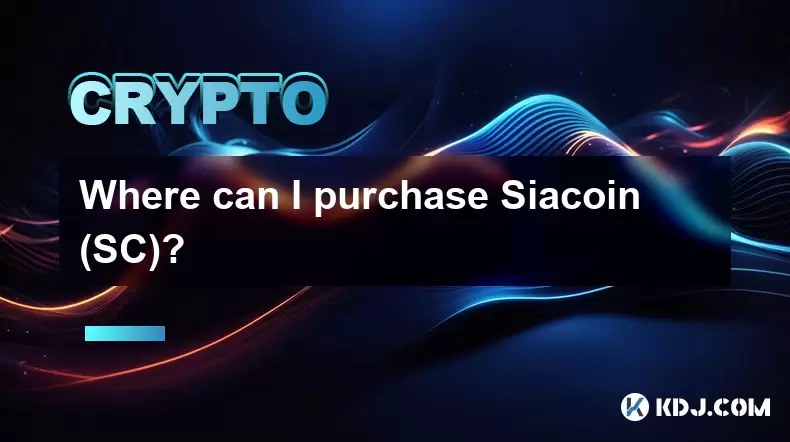
Where can I purchase Siacoin (SC)?
Aug 08,2025 at 11:14am
Understanding Siacoin (SC) and Its Role in the Sia NetworkSiacoin (SC) is the native cryptocurrency of the Sia decentralized cloud storage platform, a...
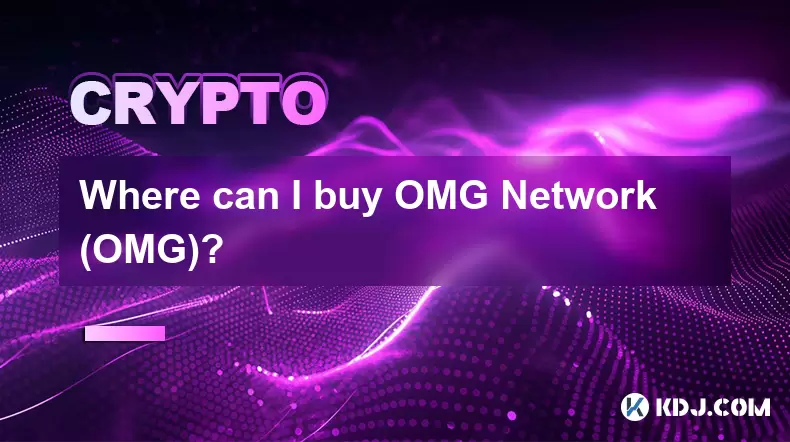
Where can I buy OMG Network (OMG)?
Aug 08,2025 at 12:57pm
Understanding OMG Network (OMG) and Its PurposeThe OMG Network, originally known as OmiseGO, is a layer-2 scaling solution built on the Ethereum block...
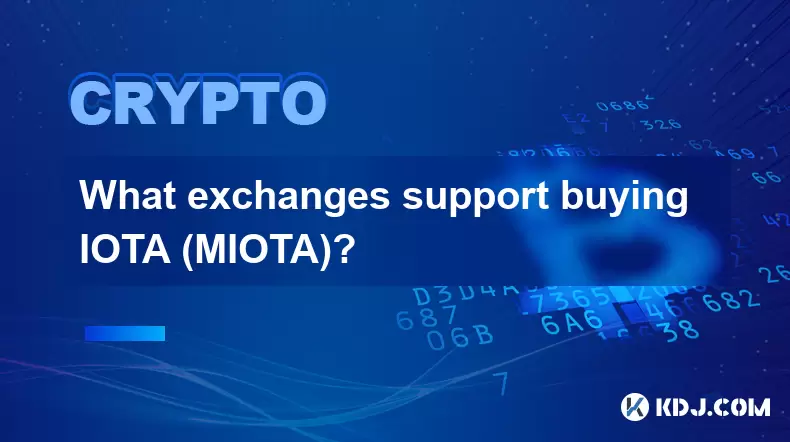
What exchanges support buying IOTA (MIOTA)?
Aug 07,2025 at 09:58pm
Understanding the Role of Private Keys in Cryptocurrency SecurityIn the world of cryptocurrency, private keys are the cornerstone of ownership and con...
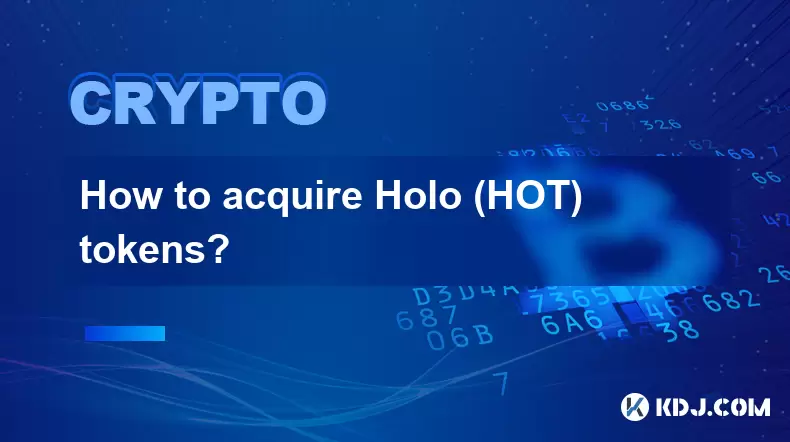
How to acquire Holo (HOT) tokens?
Aug 08,2025 at 05:56am
Understanding Holo (HOT) and Its EcosystemHolo (HOT) is a cryptocurrency token associated with the Holo ecosystem, which is built on the Holochain fra...
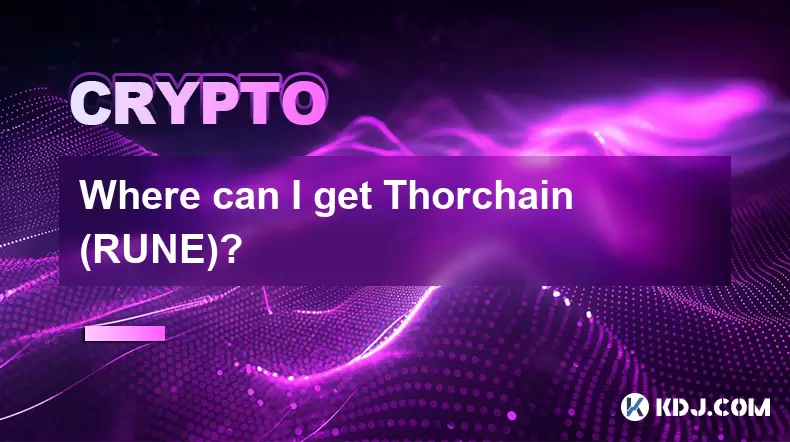
Where can I get Thorchain (RUNE)?
Aug 08,2025 at 08:07am
Understanding the Role of Seed Phrases in Cryptocurrency WalletsA seed phrase, also known as a recovery phrase or mnemonic phrase, is a critical compo...

Where can I buy UMA (UMA)?
Aug 07,2025 at 06:42pm
Understanding UMA and Its Role in Decentralized FinanceUMA (Universal Market Access) is an Ethereum-based decentralized finance (DeFi) protocol design...

Where can I purchase Siacoin (SC)?
Aug 08,2025 at 11:14am
Understanding Siacoin (SC) and Its Role in the Sia NetworkSiacoin (SC) is the native cryptocurrency of the Sia decentralized cloud storage platform, a...

Where can I buy OMG Network (OMG)?
Aug 08,2025 at 12:57pm
Understanding OMG Network (OMG) and Its PurposeThe OMG Network, originally known as OmiseGO, is a layer-2 scaling solution built on the Ethereum block...

What exchanges support buying IOTA (MIOTA)?
Aug 07,2025 at 09:58pm
Understanding the Role of Private Keys in Cryptocurrency SecurityIn the world of cryptocurrency, private keys are the cornerstone of ownership and con...

How to acquire Holo (HOT) tokens?
Aug 08,2025 at 05:56am
Understanding Holo (HOT) and Its EcosystemHolo (HOT) is a cryptocurrency token associated with the Holo ecosystem, which is built on the Holochain fra...

Where can I get Thorchain (RUNE)?
Aug 08,2025 at 08:07am
Understanding the Role of Seed Phrases in Cryptocurrency WalletsA seed phrase, also known as a recovery phrase or mnemonic phrase, is a critical compo...
See all articles

























































































